- Flat 2, "Merill Court "Fuxa Street 1308 San Ġwann, Malta
Part 66 Aircraft Maintenance License
Mode
100% online
Price
Per module or by category
100%
Job placement rate
Payment
Flexible
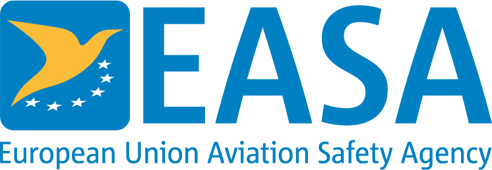
About the Training
Train as an aircraft mechanic to work for leading European companies
- Comprehensive technical training in aircraft maintenance according to EASA Part 66 regulations: B1 (mechanical) and B2 (avionics) modules.
- Updated content with proprietary materials and audiovisual resources designed by industry experts.
100% online, at your own pace: access from wherever you are, whenever you want. - 100% online, at your own pace: access from wherever you are, whenever you want.
- Flexible exams: take them when you’re ready in 5+ cities around the world.
- Flexible payment plans tailored to your needs.
- Recognized certification to advance your technical career with international prospects.
- Prepare for the EASA Part 66 license exams: B1.1, B1.2, B1.3, and B2.
Would you like to be part of a global, fast-growing industry with great job opportunities
At 360 Aviation Life, we prepare you to take that step with accessible, flexible, and future-oriented training.
Fill in your details and receive more information
Our training covers all the modules required by EASA Part 66 regulations
General Modules
Module 1: Mathematics
- Develop a solid foundation in mathematics relevant to aircraft maintenance.
- Gain proficiency in arithmetic, algebra, geometry, and trigonometry.
- Apply mathematical principles to solve aircraft maintenance problems and calculations.
Module 2: Physics – Level B1 and B2
- Understand the fundamental principles of physics applied to aviation.
- Learn mechanics, thermodynamics, optics, and electricity in the context of aircraft systems.
- Apply physics concepts to analyze and solve aircraft maintenance issues.
Module 3: Fundamentals of Electricity
- Explore the principles of electricity and electrical circuits.
- Learn about electrical components, wiring systems, and safety practices.
- Develop skills to diagnose and repair electrical faults in aircraft systems.
Module 4: Fundamentals of Electronics – Level B1 and B2
- Gain a comprehensive understanding of electronic components and circuits.
- Study topics such as diodes, transistors, amplifiers, and digital logic gates.
- Learn to troubleshoot and repair electronic systems in aircraft.
Module 5: Digital Techniques / Electronic Instrument Systems – Level B1 and B2
- Understand digital techniques and electronic instrument systems used in aviation.
- Learn about aircraft instrumentation, data buses, and communication protocols.
- Acquire practical skills in maintaining and calibrating electronic instrument systems.
Module 6: Materials, Equipment and Tools – Level B1 and B2
- Get familiar with aircraft materials, fasteners, and fittings.
- Learn about various equipment and tools used in aircraft maintenance.
- Understand proper handling, storage, and maintenance of materials and tools.
Module 7: Maintenance Practices – Level B1 and B2
- Explore aircraft maintenance practices, procedures, and documentation
- Study regulations and requirements related to aircraft maintenance.
- Gain practical knowledge to perform maintenance tasks and ensure airworthiness.
Module 8: Basic Aerodynamics
- Learn the principles of aerodynamics and their application in aviation.
- Understand airflow behaviour around aircraft surfaces and components.
- Gain insight into lift, drag, stability, and aircraft control.
Module 9A: Human Factors
- Explore human factors influencing aircraft maintenance and safety.
- Understand the impact of human performance, limitations, and errors.
- Learn strategies to improve human performance and promote a safety culture.
Module 10: Aviation Legislation
- Study national and international aviation regulations.
- Gain knowledge of EASA regulations and other relevant legal frameworks.
Specific Modules – Subcategory B1.1
Module 11A: Aerodynamics, Structures and Systems
- Develop a thorough understanding of aerodynamics and its application to aircraft design and performance.
- Study aircraft structures, including materials, construction methods, and maintenance practices.
Module 15: Gas Turbine Engine
- Learn the principles of gas turbine engines and their components.
- Study engine operation, fuel systems, ignition systems, and engine performance monitoring.
- Acquire practical skills in troubleshooting and maintaining gas turbine engines.
- Gain knowledge of aircraft systems such as hydraulic, pneumatic, and environmental control systems.
Module 17: Propellers
- Understand the principles of operation and design of propellers.
- Study different types of propellers and their performance characteristics.
- Learn maintenance, installation, and troubleshooting techniques for propellers.
Specific Modules – Subcategory B1.3
Module 12: Helicopter Aerodynamics, Structures and Systems
- Understand the design, behaviour, and operation of helicopter-specific systems, such as the main rotor, tail rotor, hydraulic systems, landing gear, and more.
Module 15: Gas Turbine Engine
- Learn the principles of gas turbine engines and their components.
- Study engine operation, fuel systems, ignition systems, and engine performance monitoring.
- Acquire practical skills in troubleshooting and maintaining gas turbine engines.
- Gain knowledge of aircraft systems such as hydraulic, pneumatic, and environmental control systems.
Specific Modules – Subcategory B2
Module 13: Aircraft Aerodynamics, Structures and Systems
- Understand the principles of operation and design of propellers.
- Study different types of propellers and their performance characteristics.
- Learn maintenance, installation, and troubleshooting techniques for propellers.
Module 14: Propulsion
- Learn about the various types of propulsion systems used in aircraft, including piston engines and jet engines.
- Study engine performance, fuel systems, engine control, and environmental impact.
- Gain knowledge of engine maintenance, troubleshooting, and safety procedures.
Transform Your Aeronautical Training Experience

100% Online and at Your Own Pace
Live (synchronous webinars) and recorded sessions. Connect and interact live or watch whenever it suits you.

Total Flexibility
Take your exams in more than 5 cities around the world. When you’re ready, we take care of the rest

Global Community That Drives You Forward
Be part of a global community of technicians, instructors, and students who share experiences, challenges, and opportunities.

Real support
Learn with tutors, mentors, and a team that supports you every step of the way.

Active Job Board
Access job opportunities through our job board thanks to our strategic partnerships.
LEARNING WITHOUT BARRIERS!
Discover our learning platform
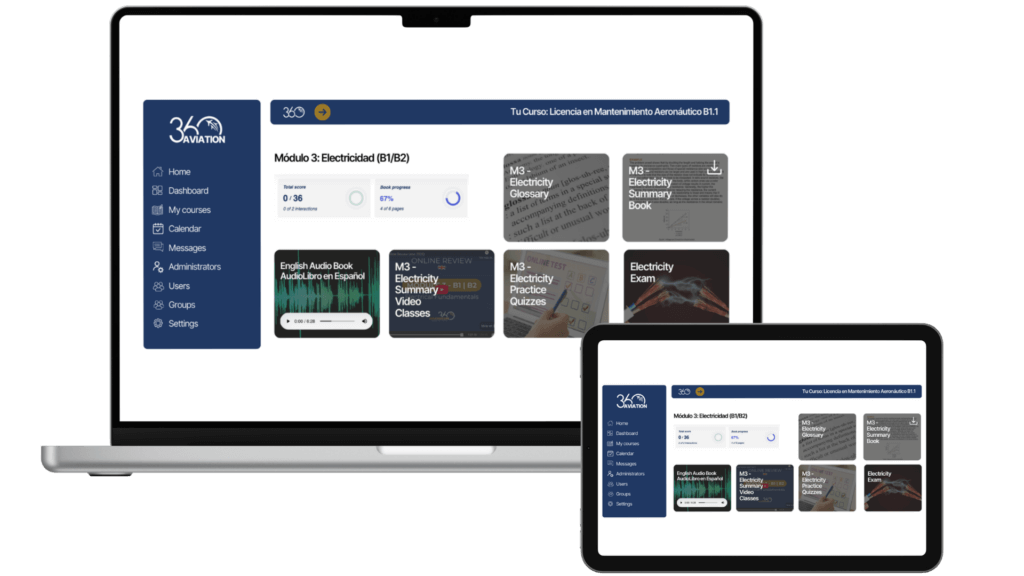
- Download all the materials you need
- Track your study progress
- Study with videos and audiobooks
- Practice with our exams
- Compatible with iOS and Android devices
- Available on computers, tablets, or mobile phones
Where to Take the Exams
Choose your preferred city and register for the next exam session

Madrid

Barcelona
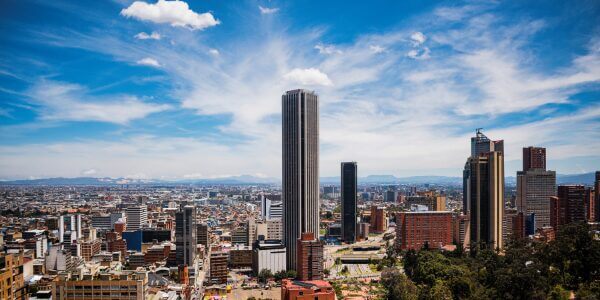
Bogotá

Miami

El Salvador

Lisbon
Meet Your Instructors
Real cases, real licenses, real future
You could be next.
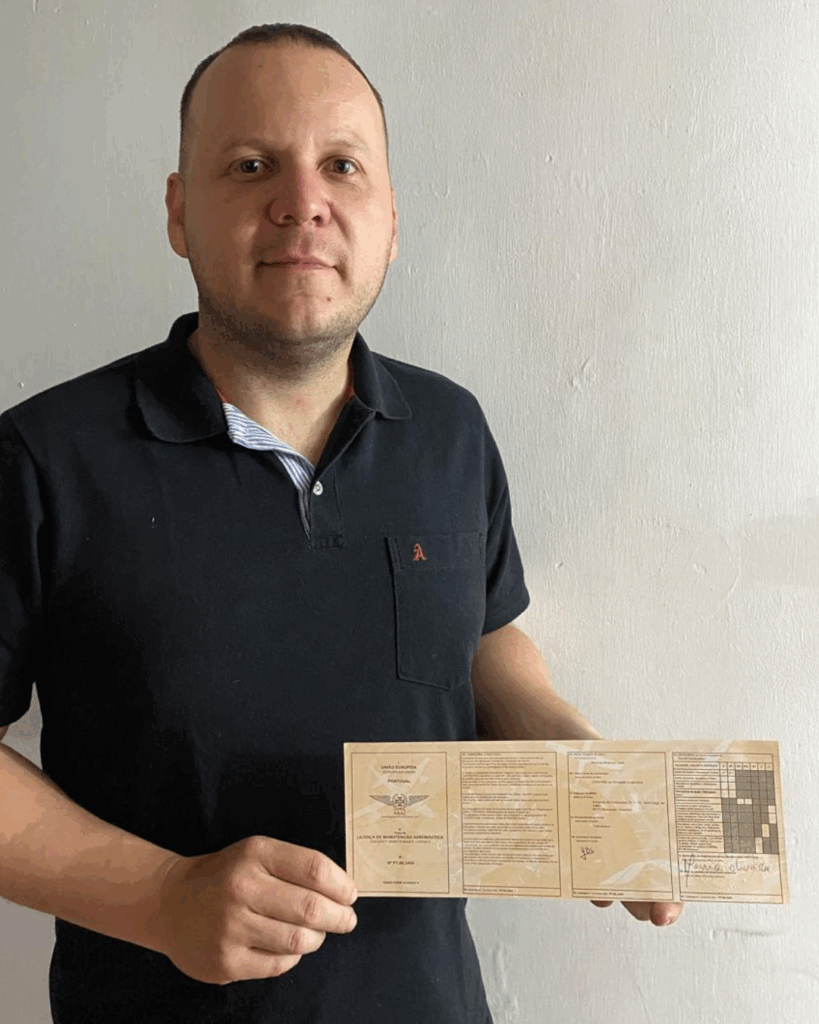
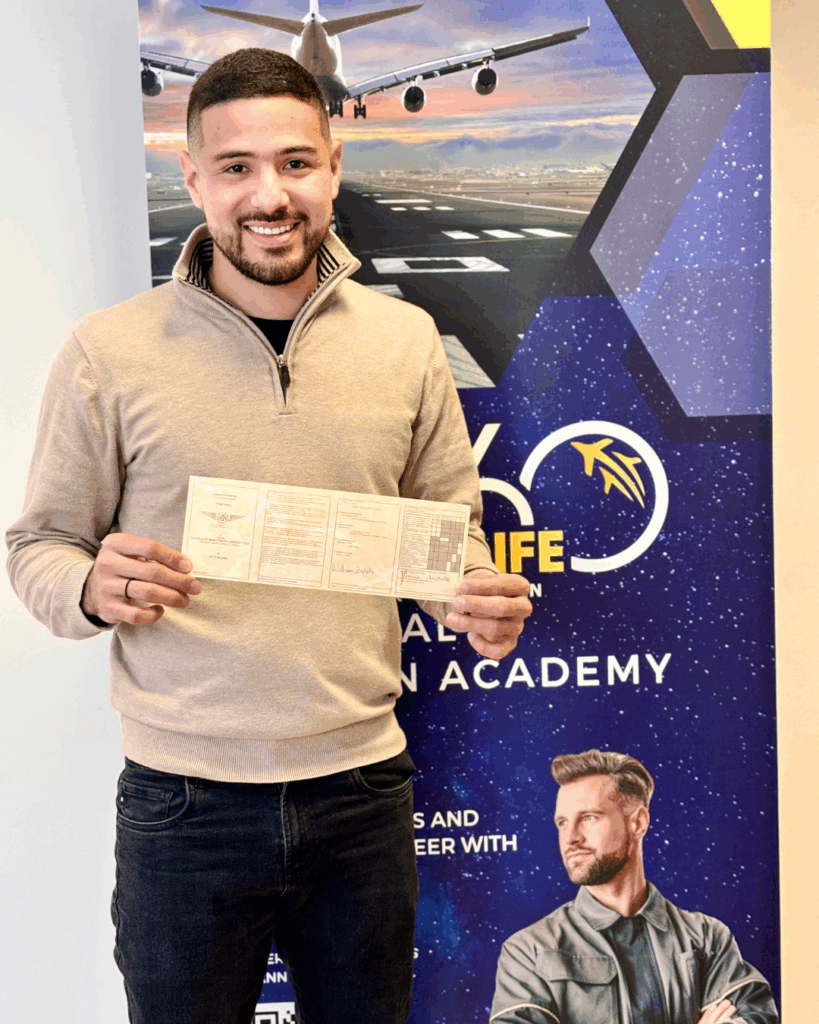
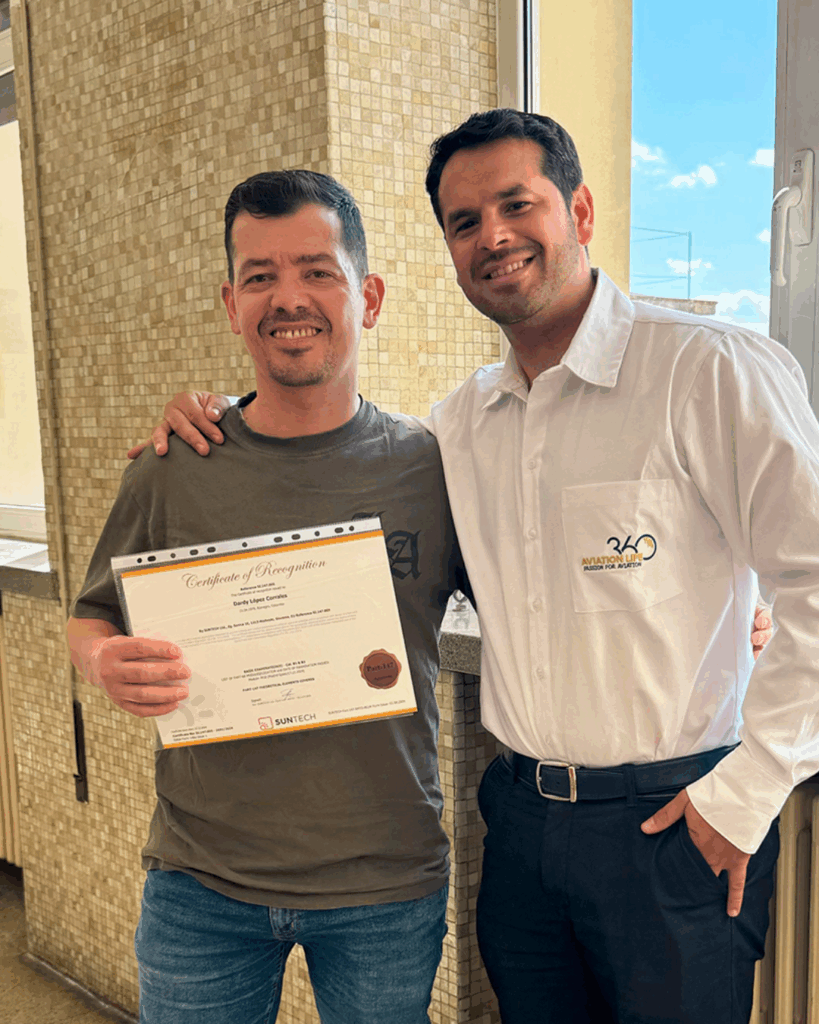
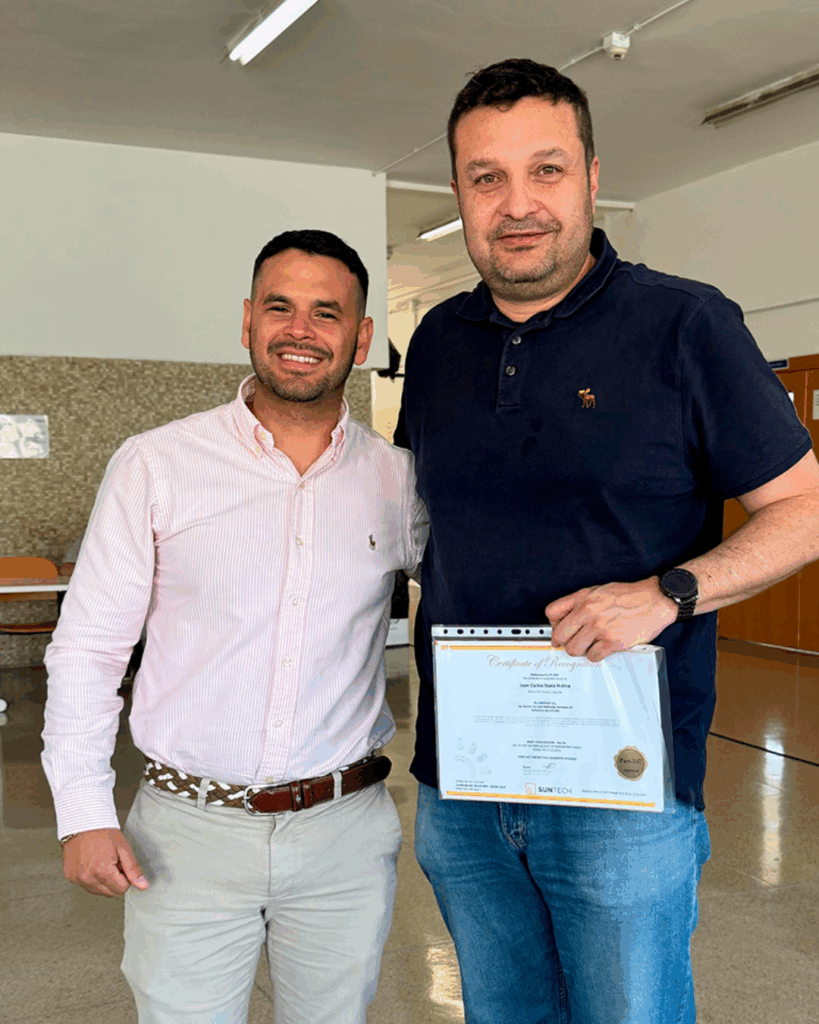
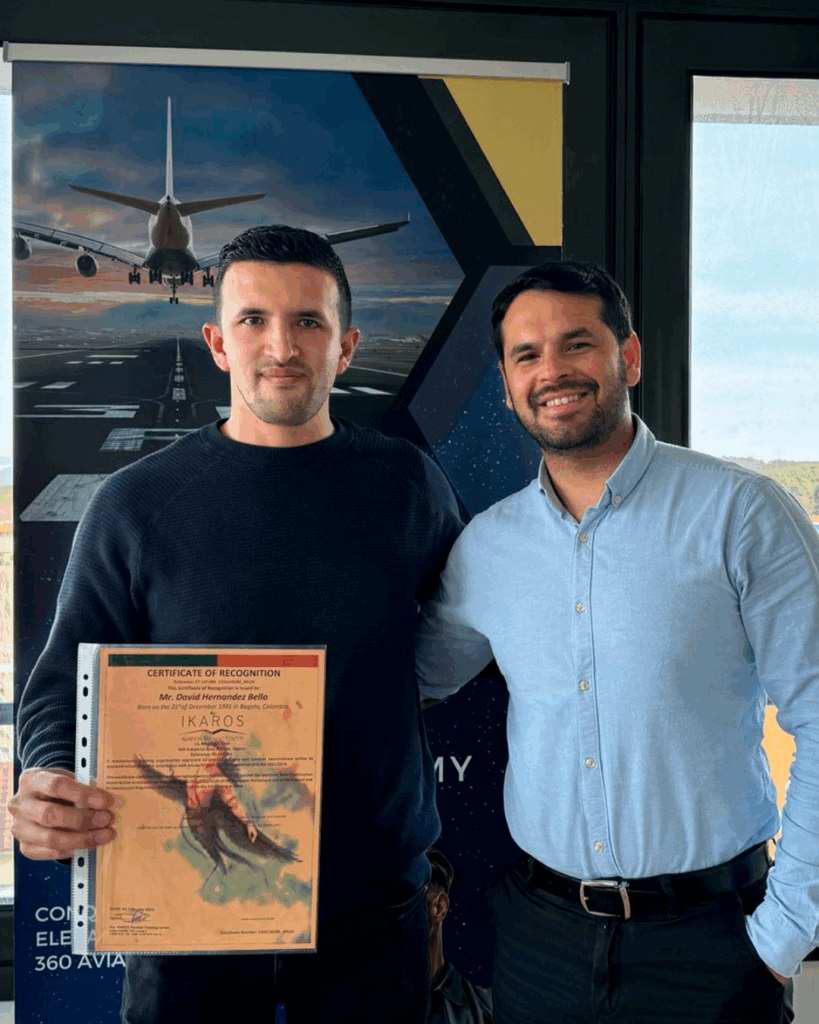
Sign up and receive updates on training, exams, and opportunities in aviation
Frequently Asked Questions
Visa and Employment
- Do you help with the student VISA process for Europe? We provide a letter and proof that you are enrolled in our program, but we do not handle visa procedures.
- If I pass all the modules with you, will you help me get a job in Europe? We maintain a constant flow of job offer information, but we cannot guarantee employment, as it depends on your skills and qualifications..
- Do you help with job placement after obtaining the license? We do not offer direct job placement, but we can provide guidance and industry contacts to help you find opportunities.
Certification Process
- Can I start the process without experience? Yes, you can begin taking the exams without experience and gain it progressively throughout the process.
- How much experience do I need to obtain the EASA Part 66 B1 & B2 license? You need at least 5 years of documented experience in an On-the-Job Training (OJT) logbook.
- How many years of experience are required to apply for the license? 5 years if you do not have recognized aviation training.
- Can I take the exams without experience and get the license later? Yes, you can pass all the exams first and then complete the required work experience before applying for the license.
- Do I need prior experience to take the exams? No, you can take the exams without experience. However, to obtain the license, you must complete the required practical experience.
- Does my previous aviation experience count toward the requirements? Yes, if your experience is related to aircraft maintenance, it may count toward the requirements. It must be verified and approved by an aviation authority.
- Does internship time also count as experience? Yes, internship time and OJT during internships can also be included.
Exams and Classes
- What is the difficulty level of the modules? The exams are generally medium to high in difficulty, with some modules easier than others.
- In what language are the classes and exams? The exams are in English. Our classes are available in both English and Spanish.
- Is it mandatory to attend the online classes? No, attending live online classes is not mandatory. If you can’t join live, all sessions are recorded.
- Are the exams multiple choice or written? Most exams are multiple choice. Only Module 7 includes an essay-type question.
- What is the minimum passing score for the exams? 75% .
- How often are exams scheduled? Exams are scheduled regularly in various locations around the world.
- Are there any additional costs besides the exam fees? The only additional payment is to the authority when the license is issued (approximately €80).
Documentation
What type of documentation do I need to apply? Proof of identity (passport or ID).
OJT logbook signed by a QC, Maintenance Manager, or certified A&P or B1/B2 technician.
Certificates of passed exams.I don’t have my experience recorded in a logbook—can I prove it with a letter from my employer? For EASA, it is mandatory to present a logbook with at least 1,000 Work Orders. They do not accept employer-issued experience letters as a substitute.
How do I apply for my license once I’ve passed the exams? You must submit your application to the EASA Member State authority, along with proof of experience, exam certificates, and any other required documentation.
How long does it take to receive my EASA Part 66 license? Processing time varies depending on the authority, but typically takes from a few weeks to a couple of months.
Licenses and Conversion
What is an EASA Part 66 license? It is a certification issued by the European Union Aviation Safety Agency (EASA) that allows maintenance engineers to certify the airworthiness of an aircraft after maintenance.
What is the difference between the EASA Part 66 B1/B2 license and the FAA A&P license? The A&P license certifies aircraft registered under the FAA in the United States, while the EASA license certifies aircraft registered under EASA in the European Union.
If I already have an FAA A&P license, can I convert it to an EASA Part 66 B1/B2 license? It cannot be directly converted. You must pass the EASA exams even if you have studied similar subjects for another license.
Can I convert my EASA license to other aviation authorities (FAA, Transport Canada, etc.)? Some authorities offer conversion processes, but it depends on their specific regulations. You may need to take additional exams or training.
Does my EASA Part 66 license expire? Do I need to renew it? The EASA Part 66 license does not expire, but you must demonstrate recent experience to keep it valid.
License Categories
Is this license valid worldwide? The EASA Part 66 license is recognized in Europe and in many other countries that follow EASA regulations. However, some countries may require additional validation.
What are the advantages of having an EASA Part 66 license? Recognition within the European and global aviation industry
More job opportunities with international airlines and MROs
Higher salaries compared to unlicensed technicians
Possibility to convert it into other certifications


